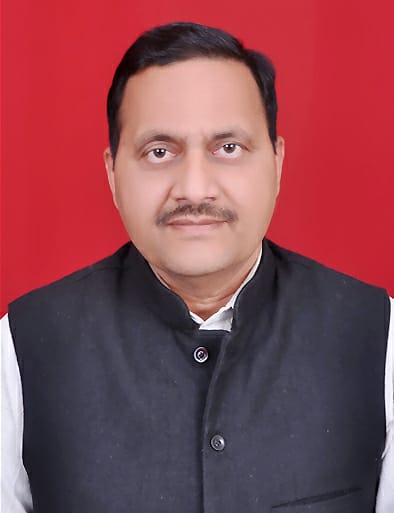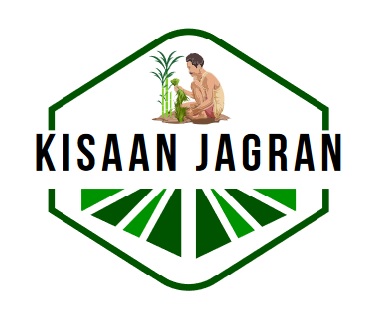
EARTH’S ATMOSPHERE Publish Date : 23/10/2024
EARTH’S ATMOSPHERE
Proff. R. S. Sengar
1. Siberian crane is a regular visitor of bird sanctuary:
(a) Manas (b) Pariyar
(c) Bharatpur (d) Chilka Lake
Ans. C
2. ‘Ex situ’ Conservation of musk deer in Uttar Pradesh is being done at:
(a) Manas (b) KanchulaKhrak
(c) Runn of Kuchh (d) Nanda Devi
Ans. B
3. Snow Leopard is found in:
(a) Melghat (b) Pariyar
(c) Sundarbans (d) Dachigam
Ans. D
4. Which of these is not a wild animal product?
(a) Fur (b) Resin
(c) Musk (d) Ivory
Ans. B
5. Animal Species should be protected because they are:
(a) Man cannot create a lost species
(b) To be studied by Zoologists
(c) Useful to humans
(d) God’s creation
Ans. A
6. Effect of deforestation are:
(a) Desertification
(b) Increase in air pollution
(c) Destruction of wild life
(d) All of the above
Ans. D
7. Susceptibility to extinction increases due to:
(a) Small population size
(b) Higher trophic level
(d) Large body size
(d) All of the above
Ans. D
8. Number of wild life sanctuaries in India is:
(a) 492 (b) 403
(c) 513 (d) 282
Ans. C
9. Number of National Parks currently operating in India:
(a) 98 (b) 89
(c) 76 (d) 65
Ans. B
10. The set sequence of different zones (inner to outer side) in Biosphere reserves are:
(a) Manipulative Zone–Buffer Zone–Core Zone
(b) Manipulative Zone –Core Zone –Buffer Zone
(c) Buffer Zone – Core Zone – Manipulative Zone
(d) Core Zone – Buffer Zone – Manipulative Zone
Ans. D
11. A Sacred Lake is:
(a) Dal Lake
(b) Khecheopalri Lake
(c) Surajkhand Lake
(d) Chilka Lake
Ans. B
12. The emblem of ‘Government of India’ is:
(a) Pantheratigris
(b) Panthera tunica
(c) Pathera Leo
(d) PantheraPaardusFusca
Ans. C
13. The number of ecological hot spots in India are:
(a) Five (b) Four
(c) Three (d) Two
Ans. D
14. A high density of a protected animal in a National Park can result into:
(a) Predation (b) Emigration
(c) Interspecific Competition
(d) Intraspecific Competition
Ans. D
15. “Tiger Project” in India is financed by:
(a) International Union of Conservation of Nature and Natural Resources
(b) World Wildlife Fund
(c) World Forest Department
(d) Indian Board of Wildlife
Ans. B

Writer: Dr. R. S. Sengar, Director Training and Placement, Sardar VallabhBhai Patel University of Agreiculture and Technology, Modipuram, Meerut.


